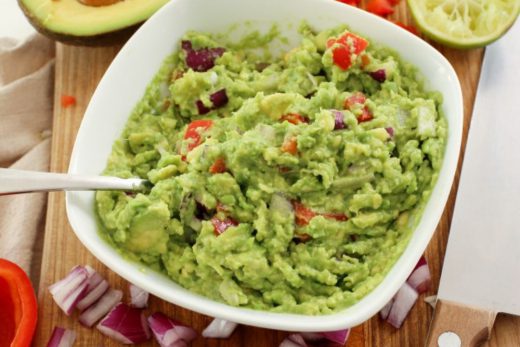The first big sociological change in the consumption of mutura in Kenya was driven by the British colonial government’s employment and housing policies, which transformed mutura from being a mostly ceremonial and religious food for the Gikuyu into one of the country’s main street foods. Now, I wonder if mutura is one of the things to which COVID-19 will bring permanent change. Will more people start ordering mutura online, to be delivered into their houses? Will people start making and grilling mutura from the comfort of their homes? Will mutura places become hygienic places, with handwashing stations, and utensils being washed, and mutura served as if in a proper restaurant, even though clean mutura isn’t mutura? Me, I don’t know.
Some kachumbari sprinkled on top, for the culture. The tomatoes in the kachumbari are loud, as are the onions, and the coriander, and more chiles, but not overloud, and they and the mutura, instead of rushing into and attacking each other, overlap rather as the pages of an atlas expire into each other at their edges. I eat, we eat, all of us, our big happy mutura family.





